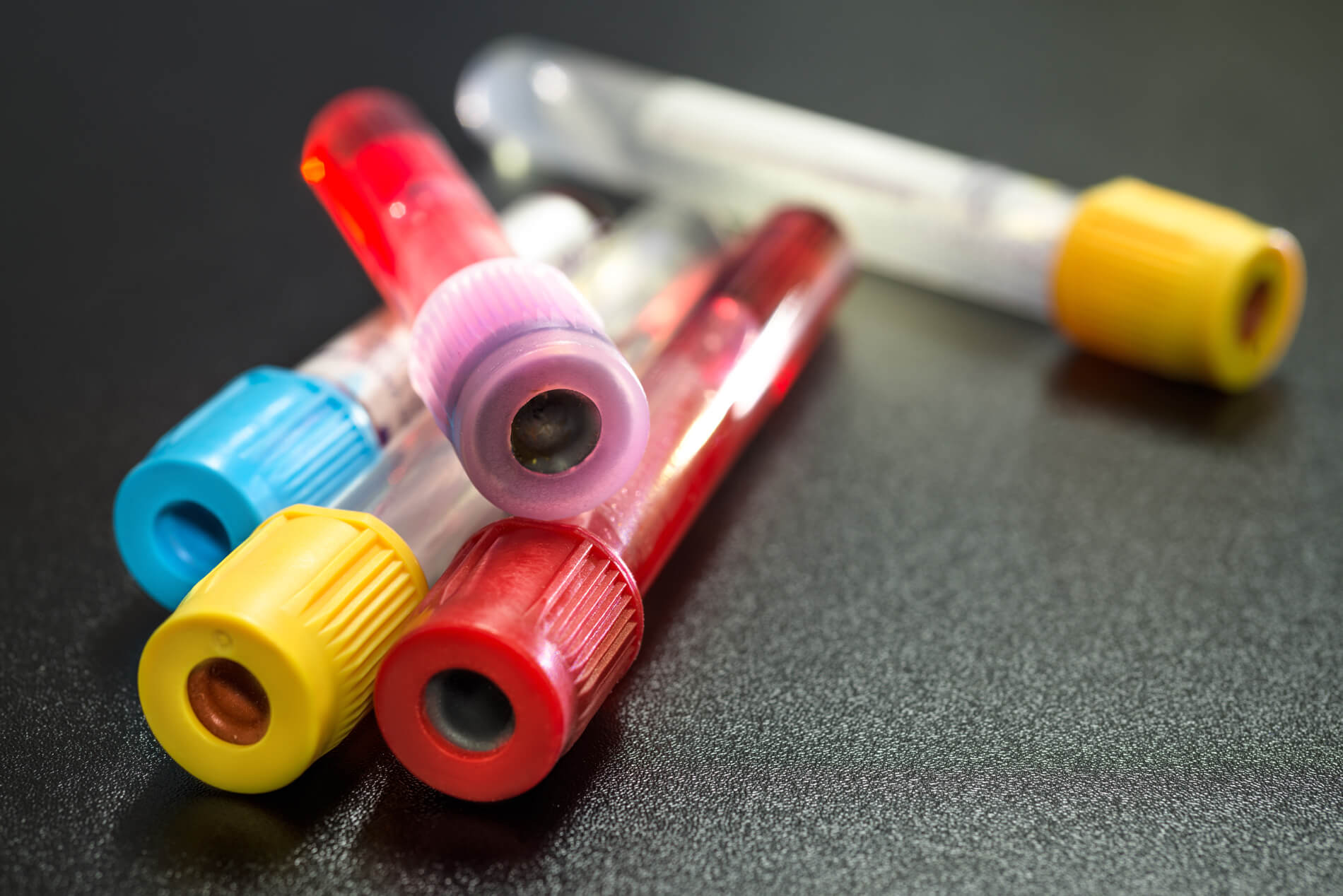Although we normally associate yeast infections with women, men can also suffer from this uncomfortable condition. It’s important to know that sexual partners can keep passing this infection back and forth, causing recurrent thrush that might be more noticeable in the female partner. So, awareness that men can have yeast infections, too, is very important. In this case, both partners should be treated.
In addition, a yeast infection in men can sometimes indicate an underlying condition and be an important symptom that needs further investigation.
What is a Male Yeast Infection?
A male yeast infection, officially called candidiasis, is caused by an overgrowth of the Candida fungus, most commonly Candida albicans. While this fungus naturally resides in small amounts on the skin and mucous membranes of both men and women, certain conditions can lead to an imbalance, resulting in an infection.
Common Causes of Male Yeast Infections
- Antibiotics Use: Antibiotics can disrupt the natural balance of bacteria and fungi in the body. When beneficial bacteria are diminished, Candida can proliferate, leading to an infection.
- Poor Hygiene: Inadequate personal hygiene can create a warm, moist environment conducive to yeast growth. This is particularly relevant in the genital area, where sweat and moisture accumulate.
- Diabetes: Individuals with diabetes are at a higher risk for yeast infections due to elevated blood sugar levels. High glucose provides an ideal environment for yeast growth.
- Weakened Immune System: Conditions that compromise the immune system, such as HIV/AIDS, cancer treatments, or autoimmune diseases, can increase susceptibility to infections, including yeast infections.
- Obesity: Overweight individuals may develop yeast infections due to skin folds that trap moisture and create a breeding ground for yeast.
- Hormonal Change: Fluctuations in hormone levels, whether from medications, ageing, or health conditions, can also contribute to yeast overgrowth.
- Sexual Activity: While yeast infections are not classified as sexually transmitted infections, sexual activity can contribute to the spread of Candida, particularly if one partner has an active infection.
So, how do I know it’s a yeast infection rather than an STD or something else?
The symptoms of male yeast infections can vary widely. Generally speaking, if you’re experiencing something new such as itching or redness on your penis, it’s worth seeing a doctor, especially if you’ve had unprotected sex. Sometimes, the difficulty is that multiple bacterial and fungal infections can cause similar symptoms so that some testing might be a good idea.
Yeast infection symptoms commonly include
- Itching or Irritation: One of the most common symptoms is intense itching in the genital area, including the penis and scrotum.
- Redness & Swelling: The affected area may appear red, swollen, or inflamed.
- Rash: A rash, often with small red bumps or patches, may develop.
- Discharge: There may be a white, thick discharge, similar to cottage cheese, especially around the head of the penis.
- Pain during Intercourse: Some men may experience discomfort or pain during sexual activity.
- Foul Odour: An unpleasant odour may also be present, indicating the presence of an infection.
If you are experiencing any of these symptoms, refrain from sex and get to a doctor, please!
Treatment Options for Male Yeast Infections
Treatment for male yeast infections typically involves antifungal medications, which can be administered topically or orally. Here are some common approaches:
1. Topical Antifungals
Creams or ointments containing clotrimazole or miconazole can be applied directly to the affected area. These treatments are often effective for mild infections.
2. Oral Antifungals
A healthcare provider may prescribe oral antifungal medications like fluconazole in more severe cases or recurrent infections.
3. Lifestyle Changes
Improving hygiene practices, such as keeping the genital area dry and clean, wearing breathable cotton underwear, and avoiding irritants, can help prevent future infections.
4. Dietary Modifications
Reducing sugar and refined carbohydrates in the diet may help manage Candida overgrowth, as these foods can fuel yeast.
5. Managing Underlying Conditions
Addressing underlying health concerns, such as diabetes, is crucial in preventing recurrent yeast infections.
Takeaway messages
1. Don’t ignore changes to your genital area – a doctor should review any symptoms
2. If you have a partner, this can affect both of you, so you should be treated if needed
3. Yeast infections can have similar symptoms to some STDs, so that testing might be a good idea
If you need to see a doctor or have confidential testing, we are here to help. Book online or call today.






